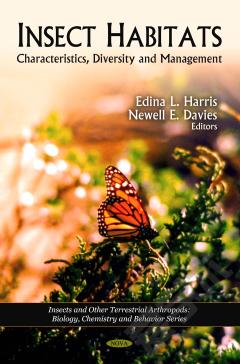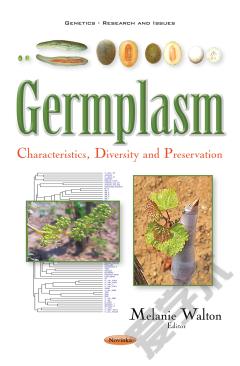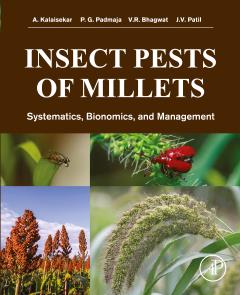Insect Habitats: Characteristics, Diversity and Management
Insects inhabiting agricultural landscapes are important for crop production as they serve as pollinators or pest-controllers. However, their occurrence in agricultural land is limited mostly to patchily distributed remnants of semi-natural grasslands, field boundaries, ditch or forest edges. Furthermore, insect conservation is relatively ignored in comparison with the so-called charismatic megafauna, yet insects are of paramount importance for the long-term sustainability of most terrestrial ecosystems. This book calls attention to these detrimental management regimes which are actively damaging woods, soil and the associated biodiversity of insects. Artificial neural networks (ANN) structures are examined, as well as how they work, and how they can be applied to the increasing amount of data on the distribution and habitats of invasive pest species. The recommended habitat management for conserving the butterfly populations in the event of natural disturbances is also explored. The factors which affect the butterfly species in abandoned fields, and how abandoned fields contribute to the number of species at the landscape scale are looked at as well.
{{comment.content}}








 京公网安备 11010802027623号
京公网安备 11010802027623号